I’ve just returned from a photography expedition in Oman and United Arab Emirates with National Geographic. On the flight home, I started thinking about the ten photography expeditions and workshops that I’ve now done around the world and what made each one successful (or not).
To my mind a successful trip needs:
- An excellent instructor. This goes beyond how good the photographer is and includes how dynamic is he/she at leading the trip, how much he/she has actually set the agenda based on anticipated photo opportunities, and how often he/she is available for one-on-one instruction. It also includes whether the photographer is shooting during the trip. It’s fine for instructors to shoot their own photos to some extent, but their primary duty should be in making sure the people who paid to go on the trip are getting the best images. I’ve seen photographers 100% dedicated to the group, and I’ve seen photographers who leave the group behind to get a shot.
- An amazing location. How good was the destination for photography, and while there did we go to the best places?
- Flexibility. Is the itinerary constantly being juggled based on weather, light and serendipitous photo opportunities? I’ve been on trips that were amazingly flexible, changing whole days based on things popping up, and trips with zero flexibility. I love when our buses/cars stop often to shoot unexpected things.
- Group size. You don’t want more than 10 or so people on a trip – it’s simply easier to shoot when you’re not fighting for space and getting in each others’ shots.
- Fun. Are there opportunities to relax and have drinks with the group, putting the cameras down and simply enjoying the location and the company? Does the instructor proactively take small groups of people out to fun spots?
- Great photos. In the end, did I get images that I love and that I can add to my portfolio?
So I rated all ten trips 1-10 based on each of those factors and came up with a final score (0-60). Here are my ten trips in order, with images from those trips. Please note that I’m only including trips that were at least five days – these ranged anywhere from five to 21 days. I’m ignoring the weekend workshops I’ve done around the US.
1. India with Piper Mackay Photography – 57/60 total points
Photographer: Piper Mackay
The pinnacle of what a photo expedition should be – amazing locations in a colorful country where people like being photographed. We started in Varanasi, traveled all through Rajasthan and ended at the Taj Mahal. We had a small group and great opportunities to shoot every day, and the schedule was nicely flexible – at one point we changed around two days to accept a last-minute invitation to a royal Indian wedding. I’d love to travel with Piper again – her specialty is Africa, but she rocked India.
2. Myanmar with National Geographic Expeditions – 53/60
Photographer: Chris Rainier
I loved everything about this trip, except for the group size (18 or so). My blog post on my favorite places from our itinerary is here. This was my first trip with Chris Rainer and I subsequently traveled with him to Ethiopia and Oman/UAE – he’s the best that NatGeo has based on instruction, flexibility and active involvement in the daily schedule. NatGeo’s trips are more expensive than others, as you’re helping fund National Geographic Society and there are several levels of markup (local operator, organizing company and then NatGeo). This is one time when it was worth it.
2. China with Nomad Photo Expeditions – 53/60
Photographer: Tino Soriano
This was my best trip as far as getting off the beaten path – for several days we didn’t see any other Western tourists, yet we were in amazing locations photographically. I really appreciated Tino pushing me to be a better photographer, and not just take the photos that will do well on Instagram. I would definitely book through Nomad again. My blog post on the trip is here.
4. Oman/UAE with National Geographic Expeditions – 50/60
Photographer: Chris Rainier
My only two-country photo trip. Given that Dubai isn’t interesting photographically, we would have been better off staying in Oman, but otherwise it was excellent – a very small group size (nine), flexibility, great locations in Oman, and more fun and laughter than I’ve had on any other trip. Oman is difficult to photograph, given that virtually everything is white or tan, and people aren’t always happy to have their photographs taken, but this was a great way to see the country, and models were brought in frequently to supplement the locations. My blog post on Oman, based on multiple trips, is here.
5. Ethiopia with National Geographic Expeditions – 48/60
Photographer: Chris Rainier
Ethiopia’s not an easy place to photograph, since a lot of villages in the Omo Valley especially are prepared for tourists and you need to pay for every photo you take. That makes it hard to determine which tribe members are naturally decorated and which are painting themselves simply for the tourists. But we got away from that as much as possible, attending ceremonies and festivals from the border with South Sudan and Kenya in the south to Lalibela up north, and trying to capture the real Ethiopia. As Chris was leading the trip, it was flexible, and it was a great way to see a facinating country. And this is one time when the NatGeo name opened doors, as we got private access to Lucy and other archeological discoveries at the National Museum. My blog post is here.
6. India with National Geographic Expeditions – 46/60
Photographer: Nevada Wier
India’s always amazing to photograph, and this was a great trip. It’s ranked lower than my other India photo trip because of the large group size and relative lack of spontaneous shooting opportunities, and because Piper’s trip simply delivered a lot more value than NatGeo for the price paid.
7. Cuba with Santa Fe Photo Workshops – 44/60
Photographer: Nevada Wier
This was a life-changing trip for me, as I took the photo that won Conde Nast Traveler’s photo of the year contest and subsequently entered travel writing/photography full-time. The trip was well organized, except that there was a wasted day or two, like the day trip to uninteresting Hershey. As travel restrictions have eased, I believe that they’ve continued to tweak their trips to maximize photo opportunities. I wouldn’t hesitate to return to Cuba with Santa Fe Photo Workshops.
8. Tuscany with National Geographic Expeditions – 36/60
Photographers: Bob Krist and Massimo Bassano
It’s a little unfair to include photo workshops in this list, but on some of the criteria, like instruction, they score really well. They’ll never be as flexible as photo expeditions, as you’re in the classroom a lot, and the primary goal isn’t to take amazing photographs – it’s to learn new techniques. From that perspective this was a successful trip. I talk about the differences between photo workshops and photo expeditions in this post.
9. Japan with National Geographic Expeditions – 31/60
Photographer: Karen Kasmauski
This was a funny trip – I got great images, but it could have been so much better. National Geographic basically took a cultural trip, added a photographer and called it a photography trip. We were rarely at locations in the best light, there were far too many cultural elements, and there was little to no flexibility in the daily schedule. In ten days we had only one sunrise shoot and one sunset shoot – unheard of for a photography expedition. Add in a group that was far too large, including (inexplicably) a lot of non-photographers, and this trip was a failure. I’d love a do-over at some point when NatGeo fixes the issues.
10. Santa Fe with Santa Fe Photo Workshops / National Geographic Expeditions – 28/60
Photographer: Nevada Wier
This was a pure workshop dedicated to instruction, so again it may be unfair to include it on this list. The instruction was excellent, from Nevada and all of the other experts who stopped in, and the shooting locations were well-chosen to reinforce the instruction, but I didn’t get any images that I loved. Please note that I highly recommend Santa Fe Photo Workshops, despite what it looks like per this ranking – it’s just that their trips to Cuba and Mexico are far more interesting photographically.
Have you been on a photo expedition? What’s the best photo trip that you’ve taken? Do you have other criteria for how you gauge the success/value of a particular trip?
Links
- Piper Mackay Photography Tours
- National Geographic Expeditions Photography Trips
- Nomad Photo Expeditions
- Santa Fe Photo Workshops
Pin This!
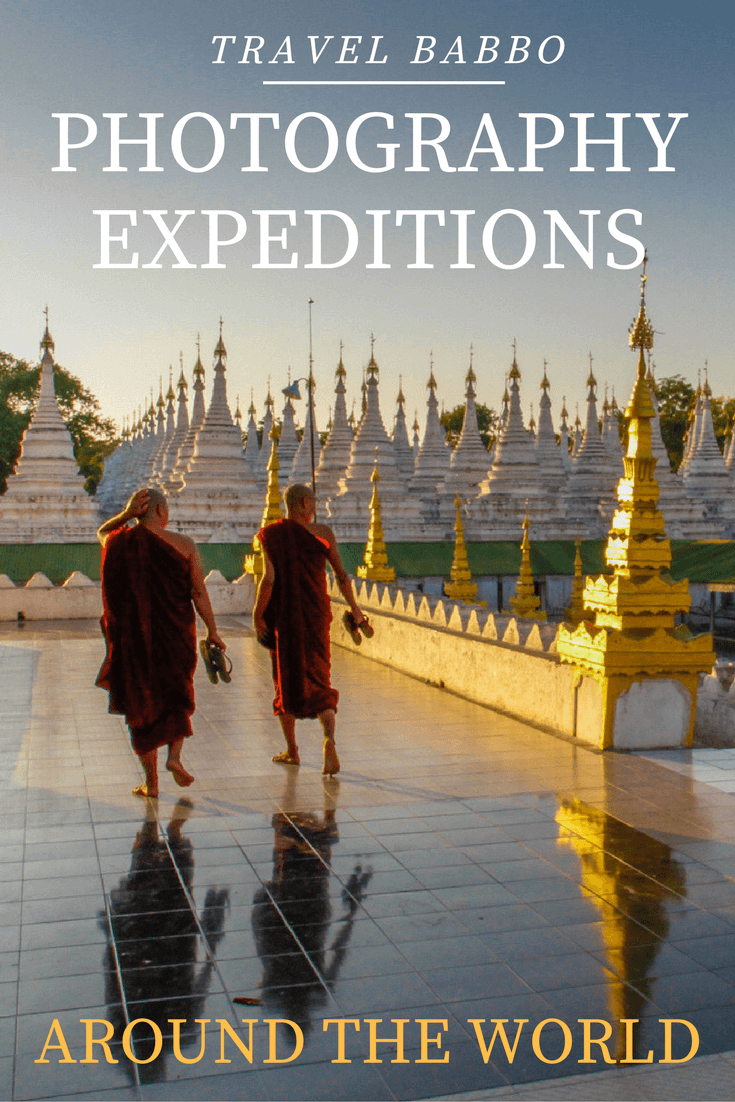

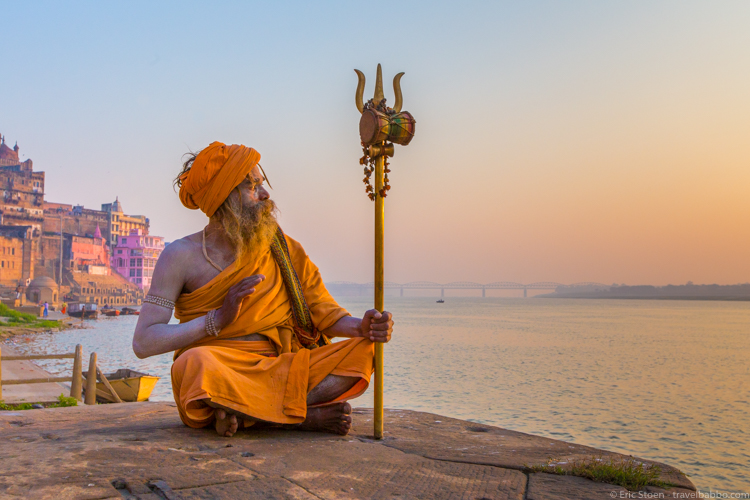
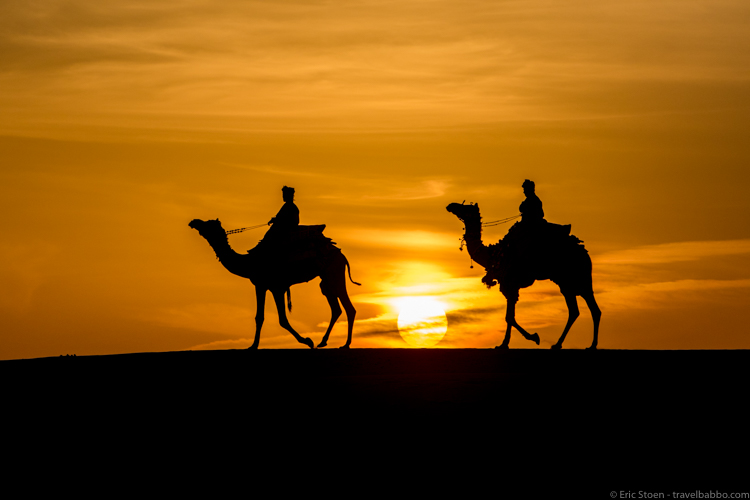
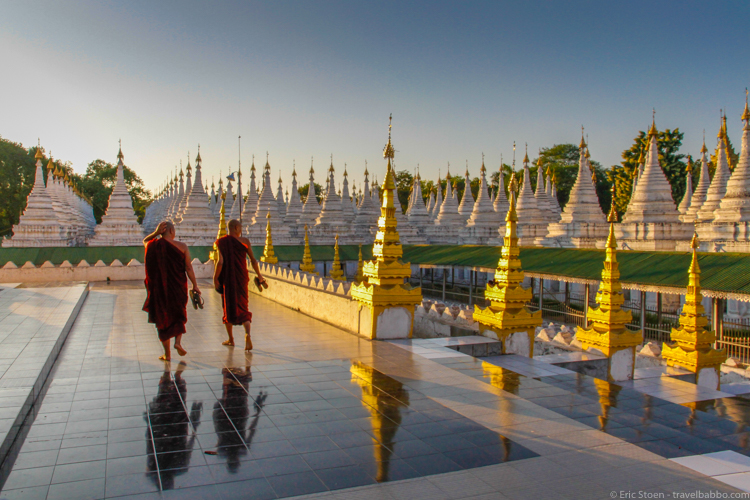

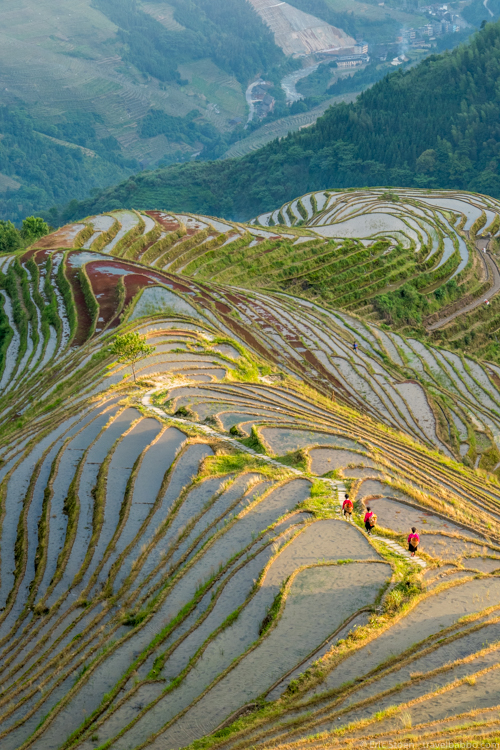
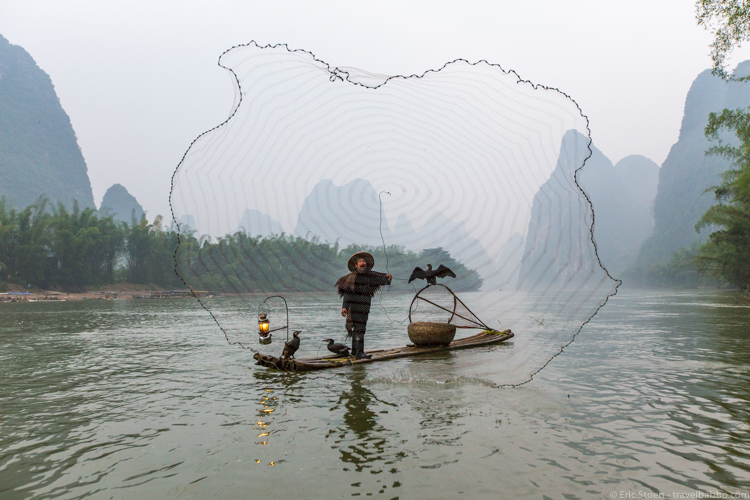
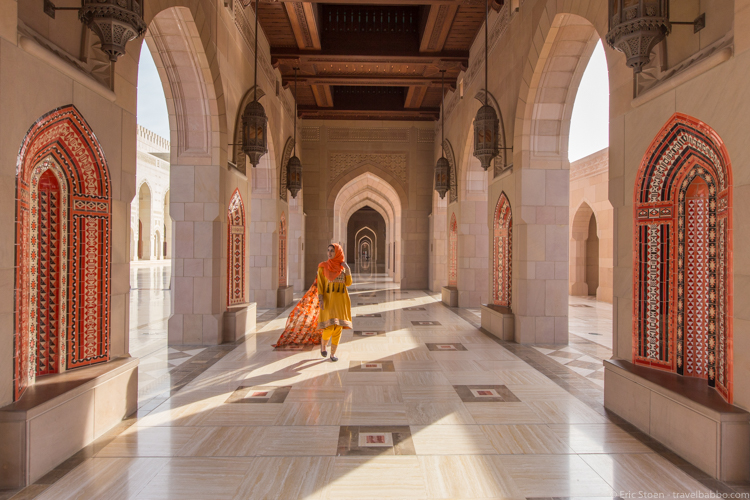
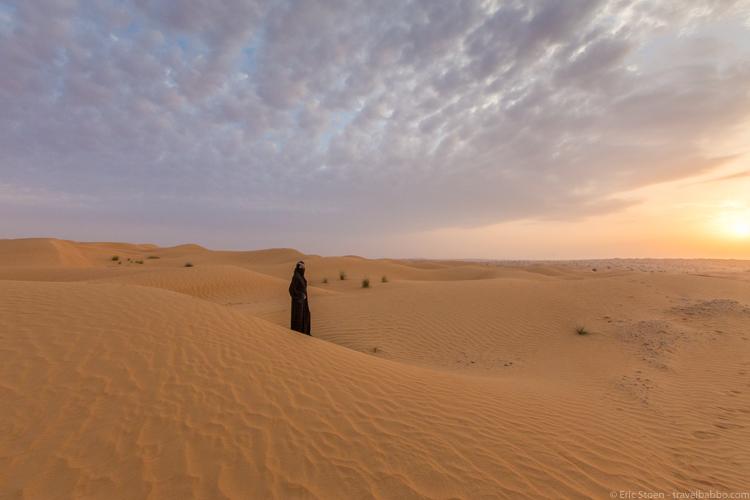

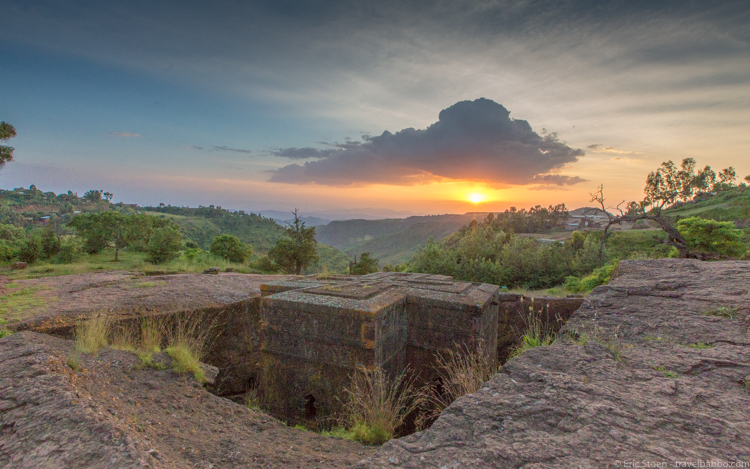
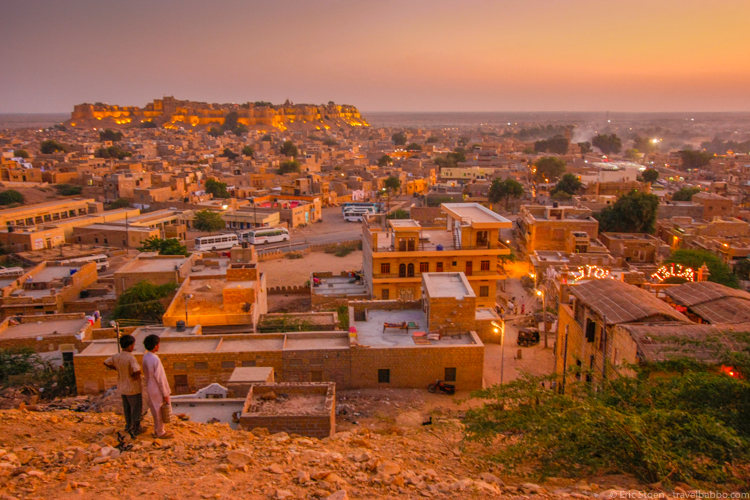
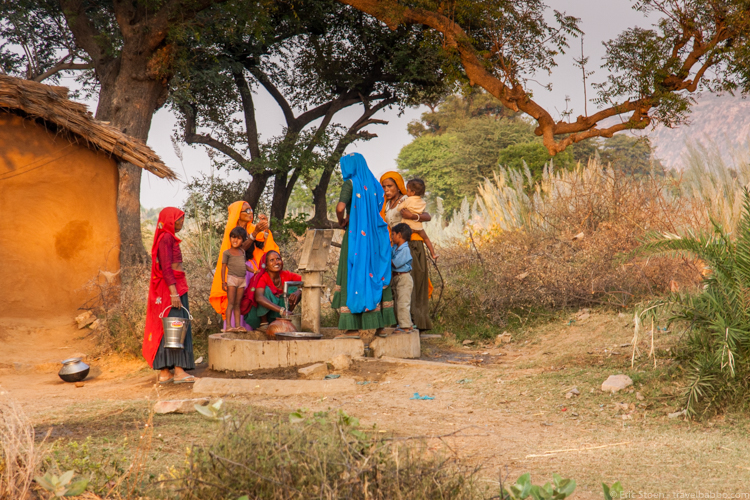
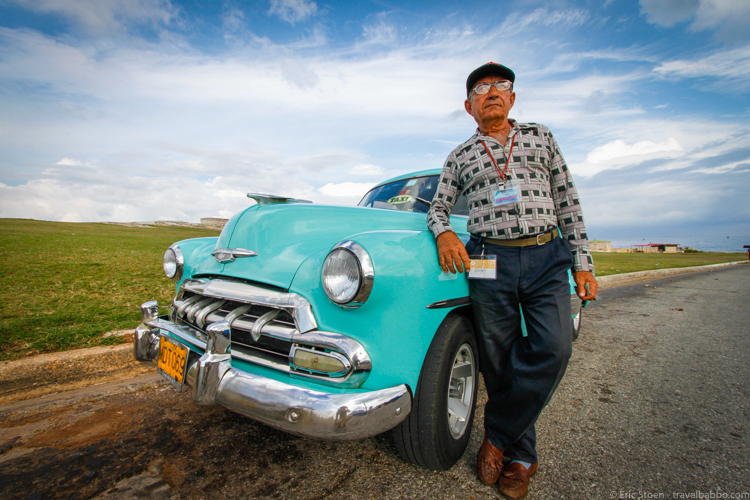
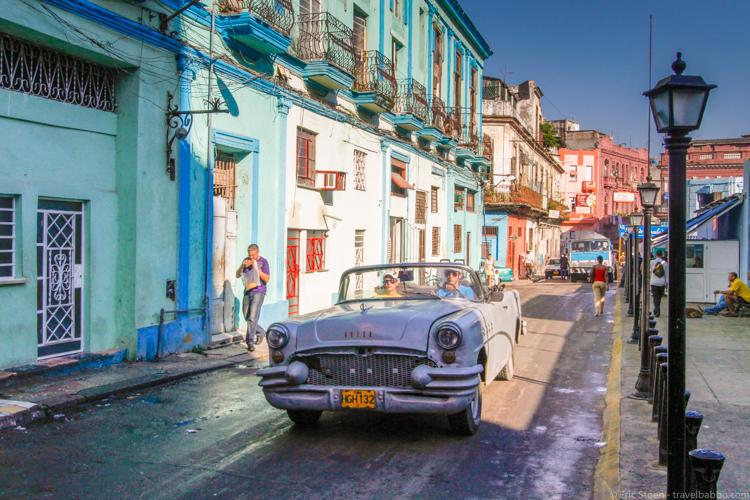
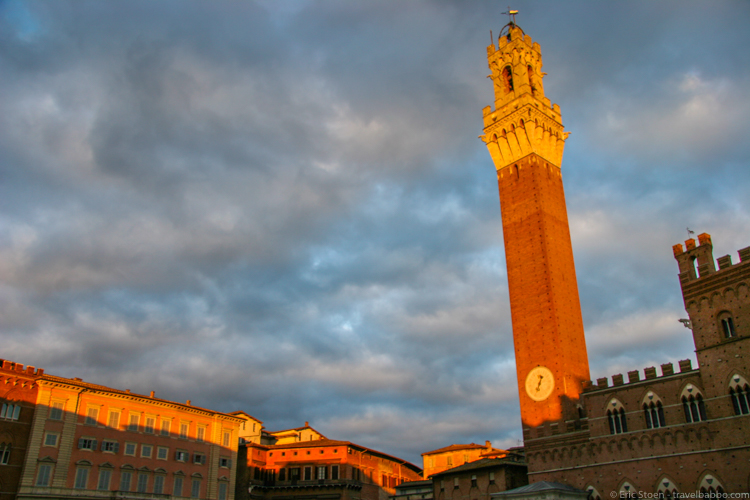
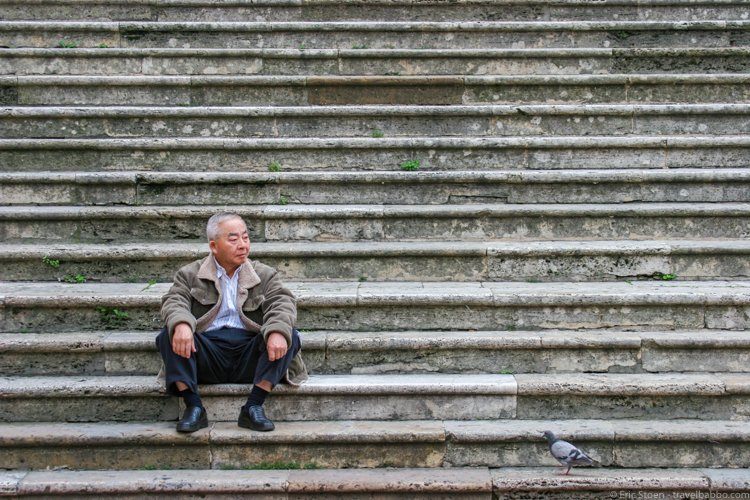
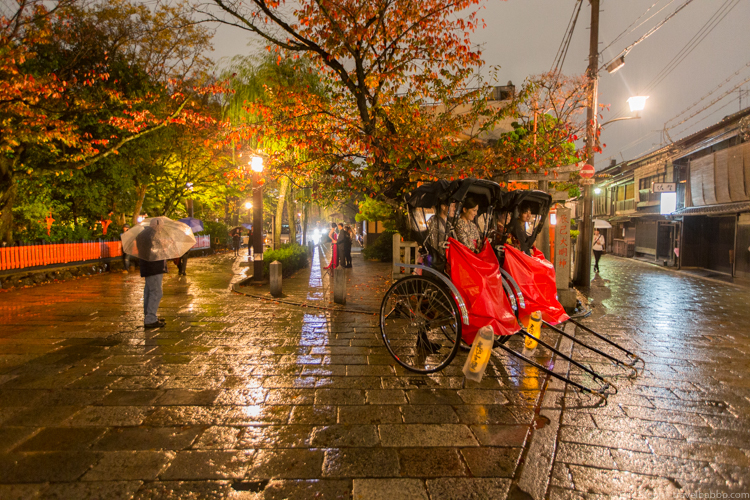
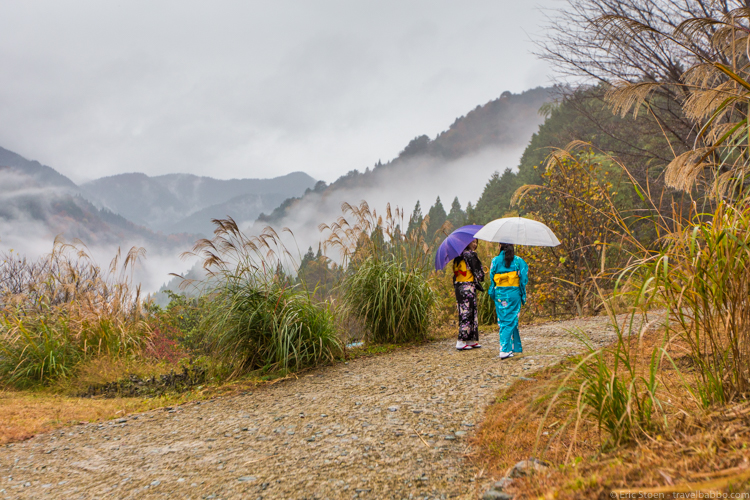
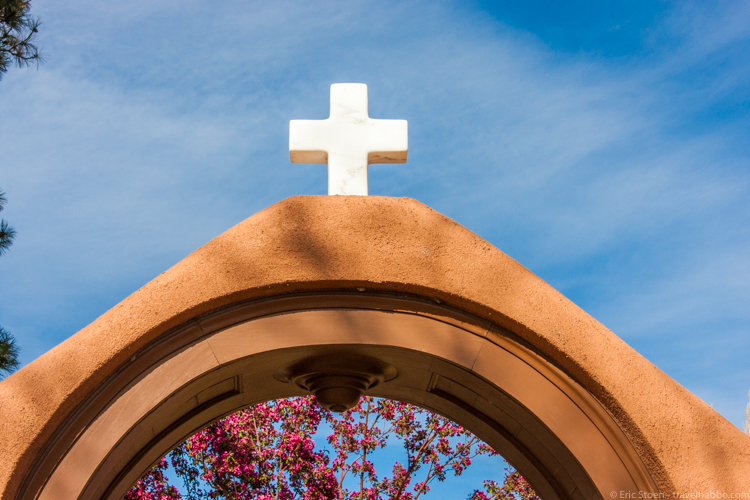
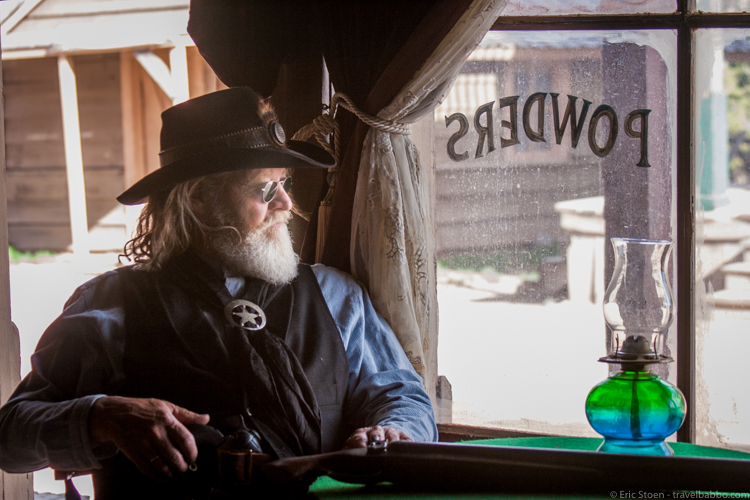
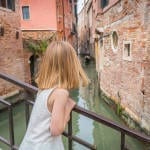
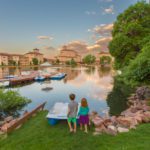
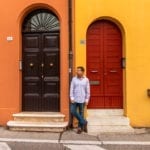
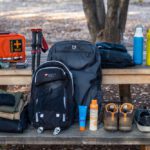
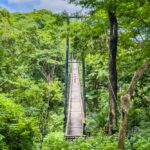
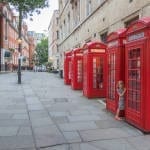
Eric if you are mixing expeditions with workshops in this post you might also add the ship based expeditions, assuming you’ve done more than just Antarctica, since NatGeo certainly market some of them as photography based. Group size is “interesting” even on the small ships but not everyone wants to seek out the photography experts.
I think that dynamics of the group play an important part in how well the trip works. While that Myanmar trip was large the people on it made it work. I’ve been on a non photography specific NatGeo trip to Portugal and Spain and the photographers self organised to some extent to look for shots in an itinerary that wasn’t pretending to accommodate us. The tour guide also gave us room to do what we wanted as long we didn’t get lost.
I still struggle to put a finger on why my trip to Bhutan with Chris Rainier didn’t work as well as Myanmar and your 6 points don’t really help so maybe there is a 7th point 🙂
I thought about including Antarctica, but it wasn’t a photography trip per se and it would be impossible to rate it based on my system – e.g. the ship’s schedule was a little flexible as to where we went on shore, but that decision wasn’t based around photography. And the photography expert aboard our ship was basically a non-entity – he shot his own stuff and (from what I saw) didn’t go out of his way to interact with guests. I haven’t gone on any other NatGeo ship-based trips.
I agree on non-photography trips. I went with GeoEx to Bhutan and it turned out that I was the only one on my trip. That made it easy to turn it into a photography trip! My driver and guide were happy to start each day whenever I wanted, and stop where I wanted.
If you think of a seventh rating criterion, let me know. I’m happy to re-rank everything if there’s something obvious that I missed.
It would seem that my experience with the NatGeo ships has been different to yours as the experts I had access to were great, both the NatGeo photographers and the onboard instructors. The ship’s schedule is certainly a fixed point although the pre dawn landings in South Georgia were pretty much made for photographers. If you see any cruises that you think you would enjoy and they are with Michael Melford, Kim Heacox, or Rich Reid then do it. Michael Nolan, who was a photo instructor on two trips, sounds like the complete opposite to the person on your trip. Jack and Rikki Swenson were photo instructors on my Costa Rica & Panama Canal cruise (with Michael Melford) and they lead safaris in Africa.
Doing a tour with a driver/guide is indeed an excellent way of doing a do it yourself photography trip.
I’ll let you know if I can work out that 7th criterion.
Thanks for the write-up. This is something I’m looking into doing so it’s very timely. I’d like to do a closer to home one first though to get a feel for how they work. Do you think that’s a good way to start? I also have a random question. Since National Geographic Society is a nonprofit and your trip is funding it, can your trip be deducted as a charitable giving? Trying to work all the angles. 😉
1) Absolutely. There are a lot of great-looking workshops and expeditions to interesting places in/near the US, including Yellowstone, Alaska and Baja. Piper runs spirt and light workshops in California every year and the images are amazing.
2) I don’t think it would be tax-deductable as charitable giving – at least I’ve never received a letter stating that any portion of my fees was tax-deductable. But as a travel writer/photographer it’s a legitimate job expense (I always generate content from my trips), so I deduct trips as standard business expenses like any other travel.
I really really want to do this, but I want to find something close to home to start.
Way back when I was pretty good with my SLR. That’s right, no D. That’s how long ago it was. I’ve forgotten a lot. I’d love to take a really good online refresher course, just to get back in touch with my camera (which of course now has a D). Do you have any you would recommend?
Jean
Try Googling Photo Workshops or Photo Walks in your location and find something really local. Or check out Santa Fe Photo Workshops since they always have really good instructors there who could get you up to speed quickly (https://santafeworkshops.com).